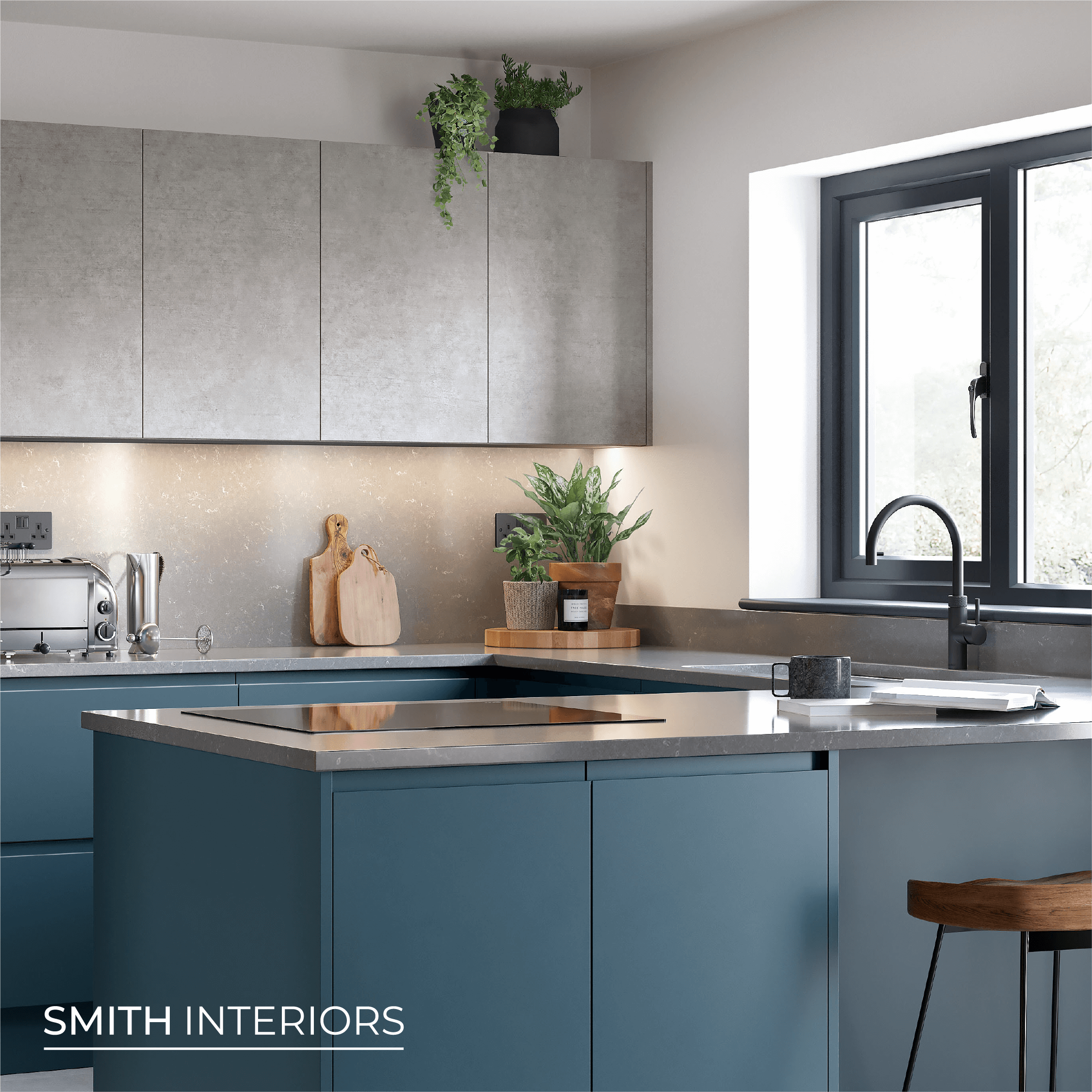By Bence Kovacs
January 08, 2024
WHAT LIGHTING DO YOU NEED AND WHERE?
When selecting the most appropriate lighting for your kitchen, it’s important to assess what various tasks you will be carrying out in the space. For example, you’re likely to use the space for food preparation and serving, but, will you also be using it to dine and socialise? A good place to start is to consider these three key lighting choices:
TASK LIGHTING
Task lighting provides effective lighting to undertake everyday activities such as food preparation and serving. Perfectly positioned above the correct worksurfaces, task lighting makes the kitchen an efficient working space whilst helping to eliminate dark corners, alcoves and spaces that suffer from low natural light.

MOOD LIGHTING
Also referred to as feature, decorative or accent lighting, mood lighting is used to add dimension and depth to the room in order to create atmosphere and provide personality. This can include pendant lights above a kitchen island or dining area to brighten the social space, wow-factor lighting in a pantry or drinks unit, or strip lighting added beneath units, shelves or lining the floor. All of these help to improve the aesthetic of your kitchen and can be used to create a statement or bring ambiance to the room.
.png)
CONVENIENCE LIGHTING
Convenience lighting has a specific purpose- it is directional and intended to be focused towards a specific area, or to be used for a particular job in drawers or in cabinets. For example, convenience lighting can be used to illuminate dark corner cupboards or cabinets, alcoves that don’t receive much natural lighting or to spotlight certain items on shelves.
.png)
WHERE CAN YOU MAKE THE MOST OF NATURAL LIGHT?
When planning your new kitchen and the orientation of your design, it’s also important to assess how much natural light the room gets. If you have a north-facing room, it’s going to need more artificial lighting as they receive little or no direct sunlight throughout the day, whereas, if you have a south or west facing kitchen, it will be naturally bright throughout the day, meaning you should only need lights on an evening. If you know your space doesn’t have a lot of natural light, this can also help you plan the colours of your walls, cabinets, flooring and worktops before choosing artificial lights, as high-gloss finishes and lighter shades will help to reflect light around, making a space appear brighter.



